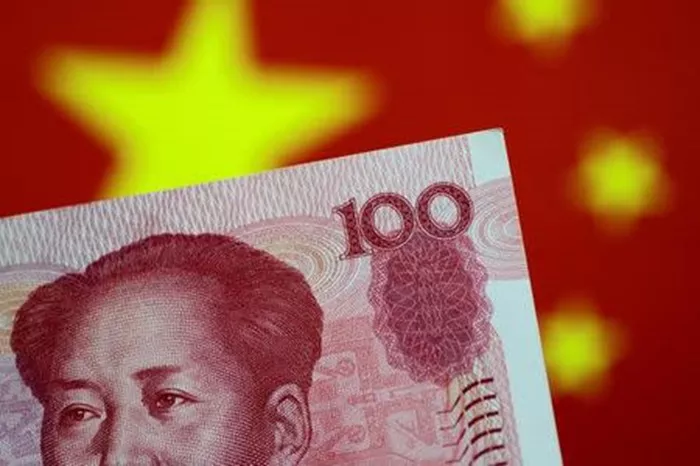Analysts remain optimistic about most Asian currencies, despite slightly scaling back some bullish positions, according to a Reuters poll released on Thursday. A weakening U.S. dollar, driven by a dovish stance from the Federal Reserve, has enhanced the attractiveness of risk-sensitive assets in emerging markets.
Strong Bets on Malaysian Ringgit and Thai Baht
Long positions were most prominent on the Malaysian ringgit and Thai baht, with the latter reaching its highest level of bullishness since January 2023. These currencies were buoyed by strong growth fundamentals and political stability in Thailand.
Poll Conducted Before Major Rate Cuts
The fortnightly poll, which surveyed 10 economists and analysts, was conducted before the U.S. Federal Reserve’s half-point rate cut and a surprise quarter-point rate cut by Bank Indonesia, both of which occurred on Wednesday. Anticipation of these moves had already put the U.S. dollar on the defensive, benefiting emerging market currencies.
Asian Currencies See Recovery in August
The expectation of rate cuts from the Federal Reserve provided emerging markets with much-needed relief, leading to a strong recovery of most Asian currencies in August. “We do not rule out further bouts of USD weakness in the weeks ahead and expect overall downward pressure on USD/Asia FX to be sustained,” analysts at Barclays noted.
Dollar Index Down as Asian Currencies Rise
The dollar index, which measures the U.S. dollar against a basket of major currencies, has dropped to near 100, down from 104 at the end of July. Analysts anticipate that Asian currencies will continue appreciating through the fourth quarter of 2024, though a reversal is expected in the first half of 2025.
Mixed Sentiment on Fed Rate Cuts
Ryota Abe, an economist at Sumitomo Mitsui Banking Corp, expressed caution, stating that the market’s expectation for aggressive Federal Reserve rate cuts by year-end “looks excessive.” He suggested that this could lead to a correction in the valuation of Asian emerging market currencies.
Bullish Bets on Chinese Yuan and Singapore Dollar Ease
Optimism toward the Chinese yuan and Singapore dollar tapered off, with bullish positions returning to levels seen four weeks ago. In contrast, bets on the Philippine peso hit a four-year high, signaling increased confidence in the currency’s performance.
Indonesian Rupiah Continues to Impress
Analysts remained bullish on the Indonesian rupiah for the fourth consecutive poll, marking the longest streak since May 2023. The rupiah has appreciated over 6% since July, fueled by robust economic fundamentals and increasing inflows into emerging markets. Bank Indonesia’s surprise rate cut further supported the currency’s upward momentum, as it preempted the Federal Reserve’s move.
Rate Cuts Unlikely to Deter Market Interest in Rupiah
Barclays analysts suggested that Bank Indonesia is likely to “broadly match or slightly under-deliver” compared to the Federal Reserve in terms of total rate cuts. This, they argued, should not cause the rupiah to lose favor from a rate-differential perspective.
Indian Rupee Struggles to Gain Favor
The Indian rupee continues to remain out of favor among analysts, though short positions have been halved since early August. The currency’s recovery was largely driven by the unwinding of yen carry trades, which had previously put significant selling pressure on the rupee.
Poll Overview and Currency Positioning
The poll tracks market sentiment on nine Asian emerging market currencies, including the Chinese yuan, South Korean won, Singapore dollar, Indonesian rupiah, Taiwan dollar, Indian rupee, Philippine peso, Malaysian ringgit, and Thai baht. Analysts estimate net long or short positions on a scale of minus 3 to plus 3, with a score of plus 3 indicating a significant long position on the U.S. dollar.
Conclusion
Despite a slight reduction in bullish bets, analysts remain positive about the outlook for most Asian currencies, particularly the Malaysian ringgit, Thai baht, and Indonesian rupiah. While the Federal Reserve’s rate cuts have provided a tailwind for these currencies, the potential for a market correction looms if expectations for further easing become overstated. The evolving dynamics between Asian emerging market currencies and the U.S. dollar will continue to shape investor sentiment in the months ahead.
Related Topics:

